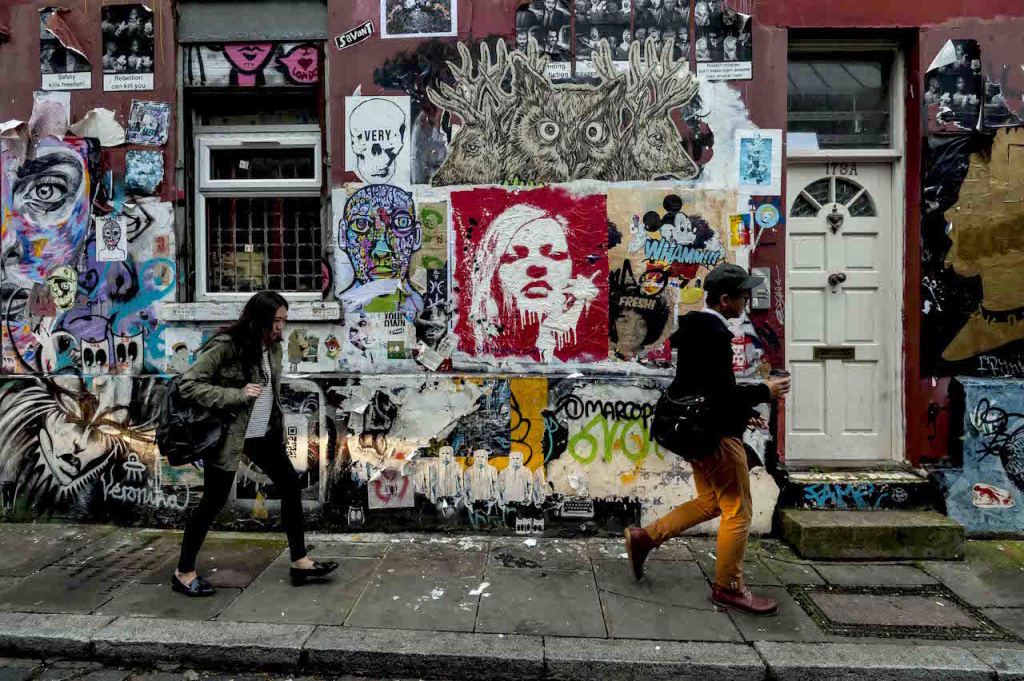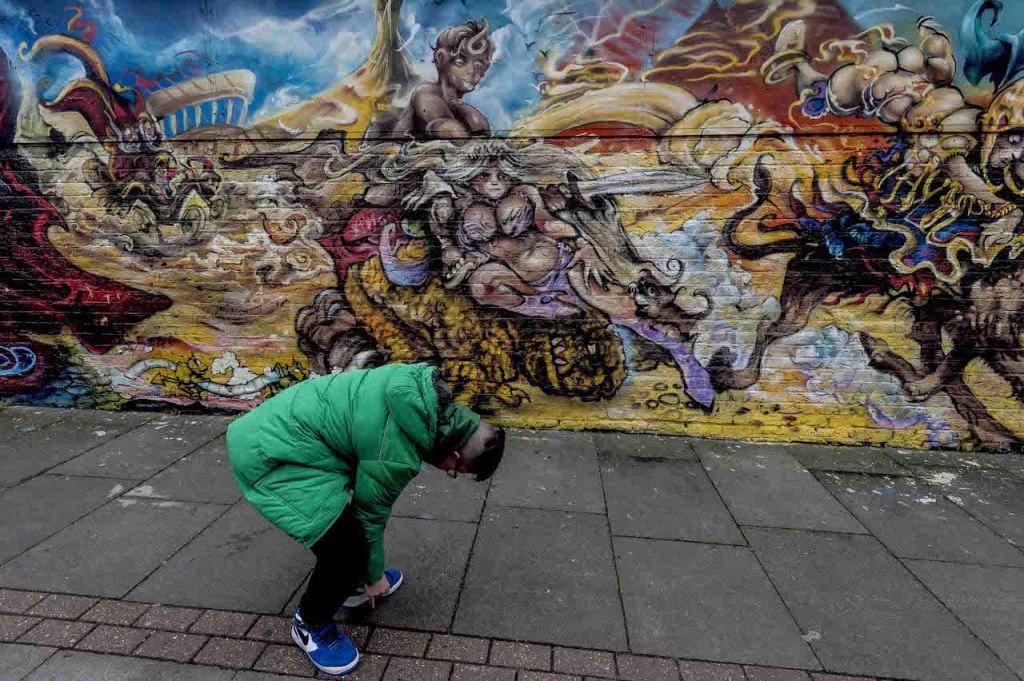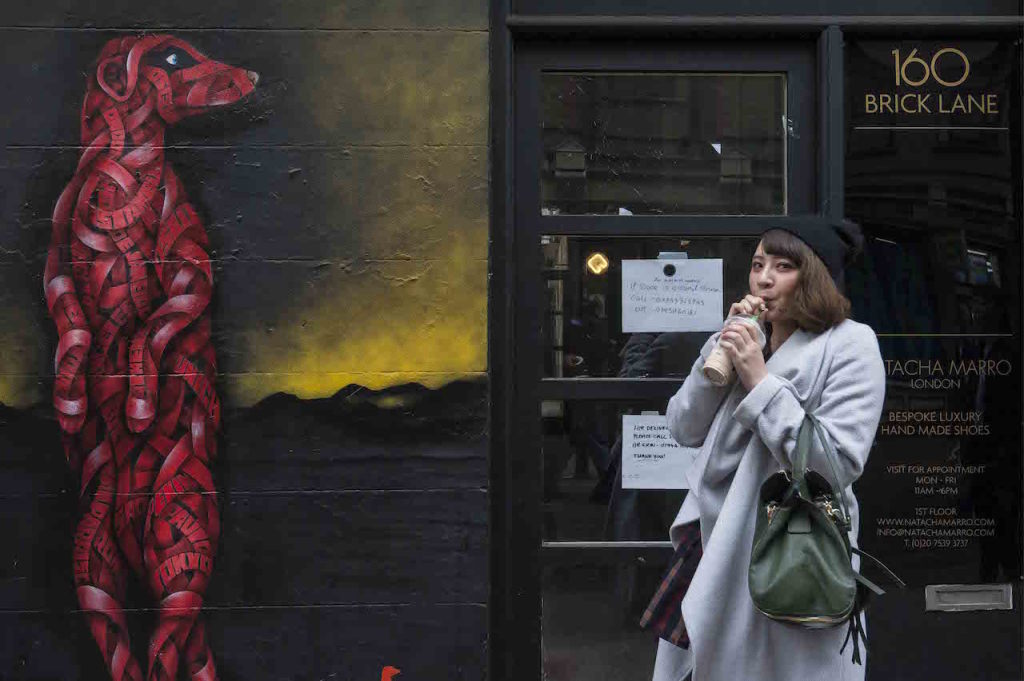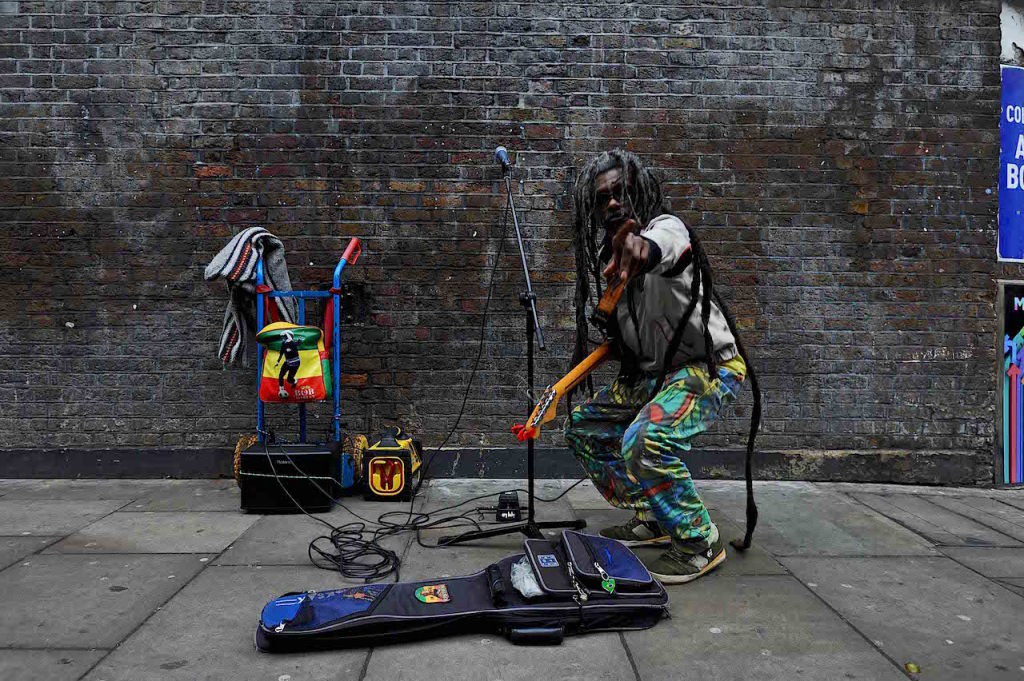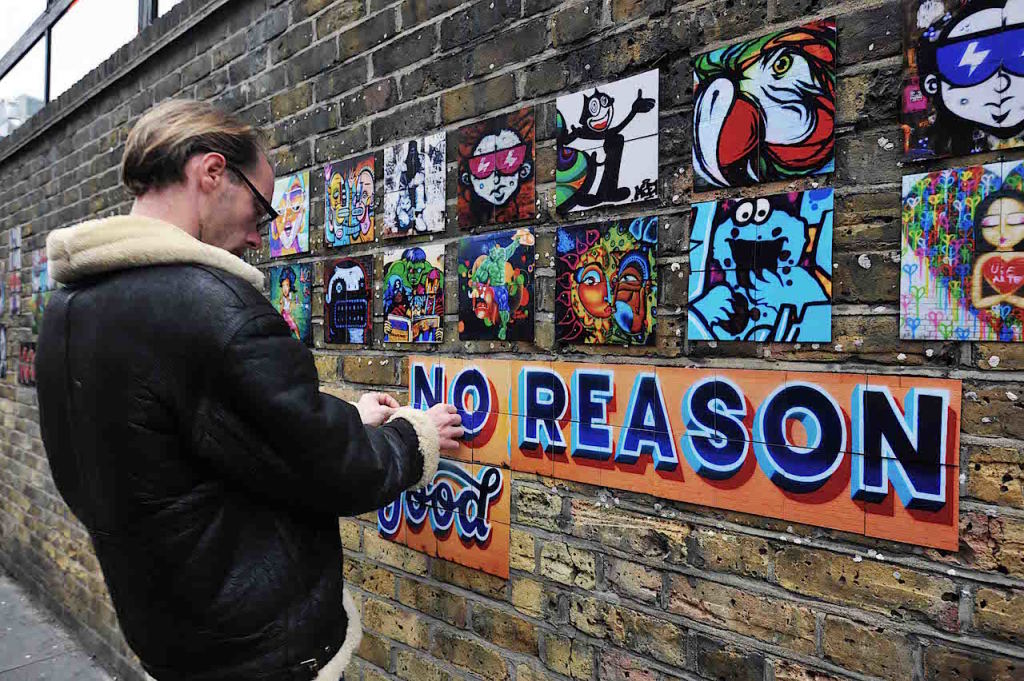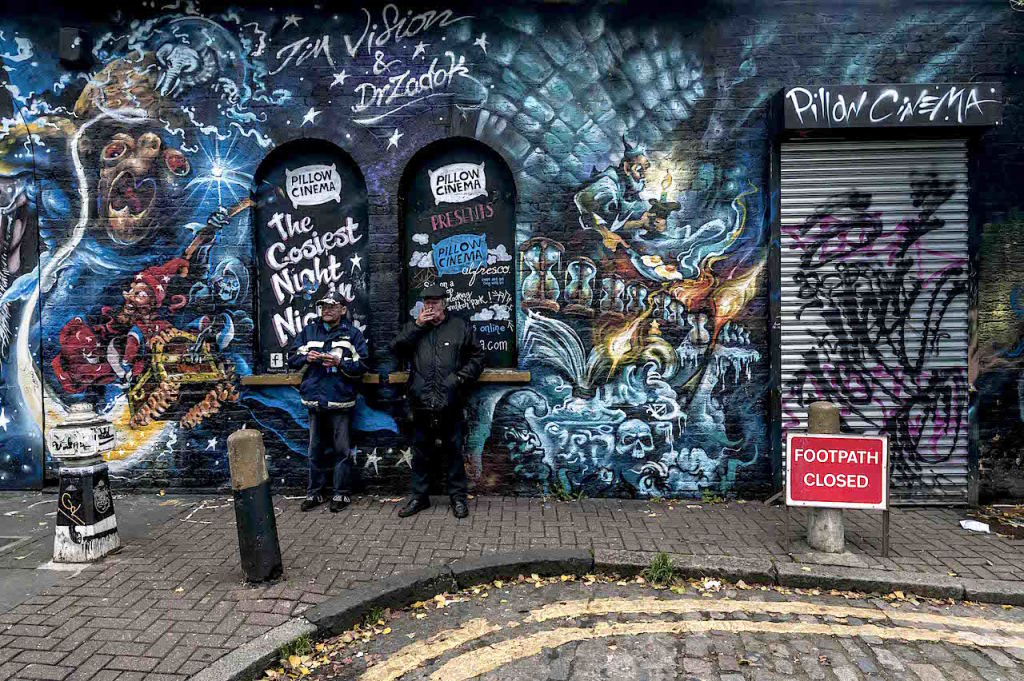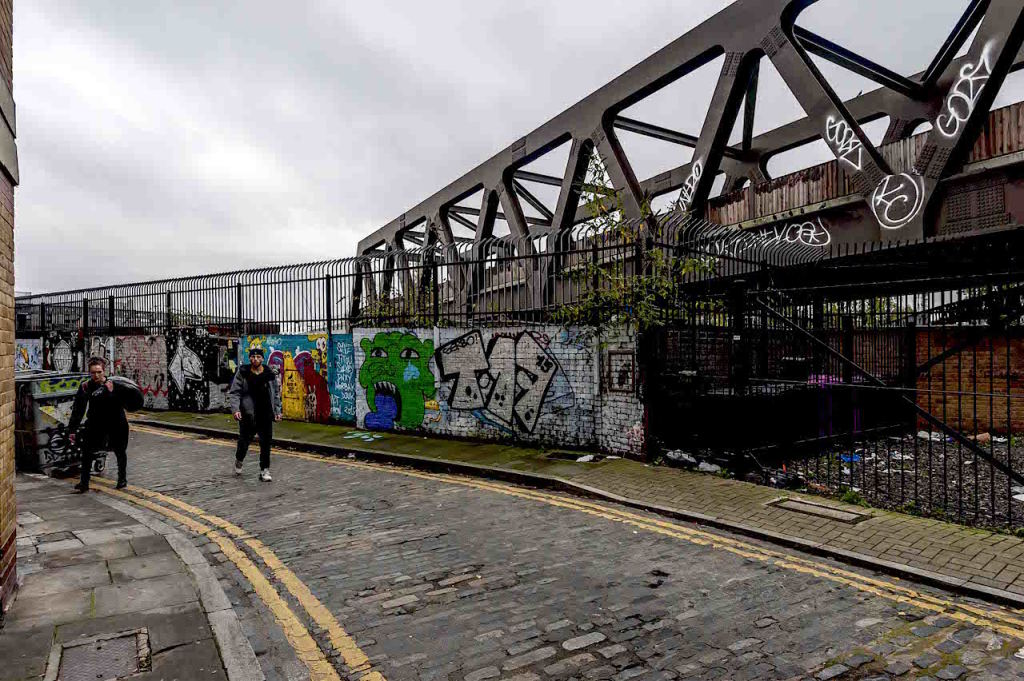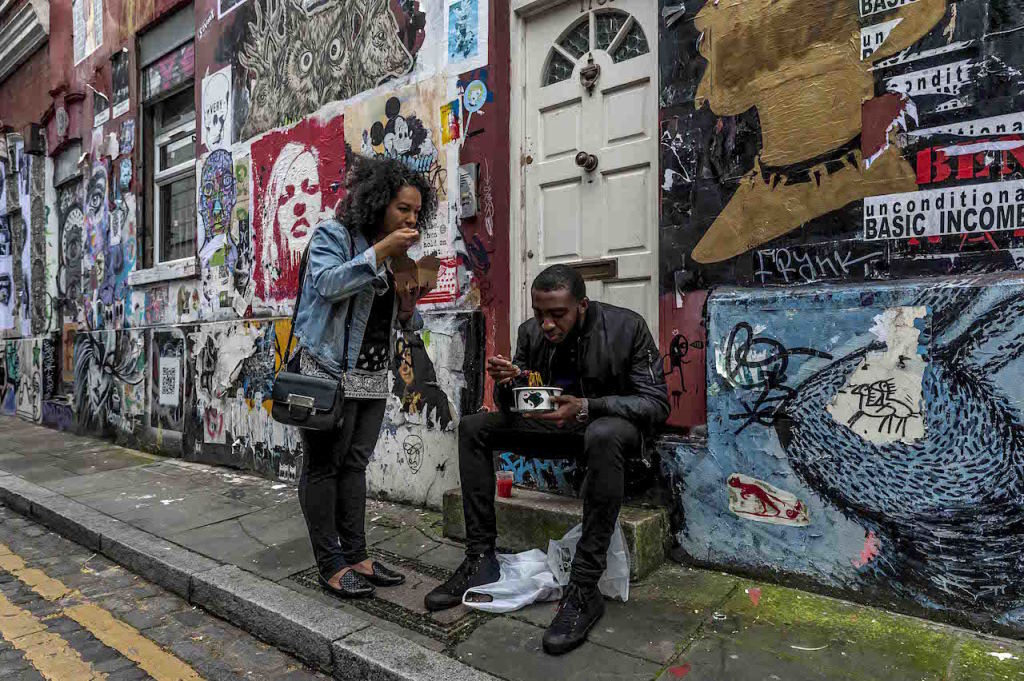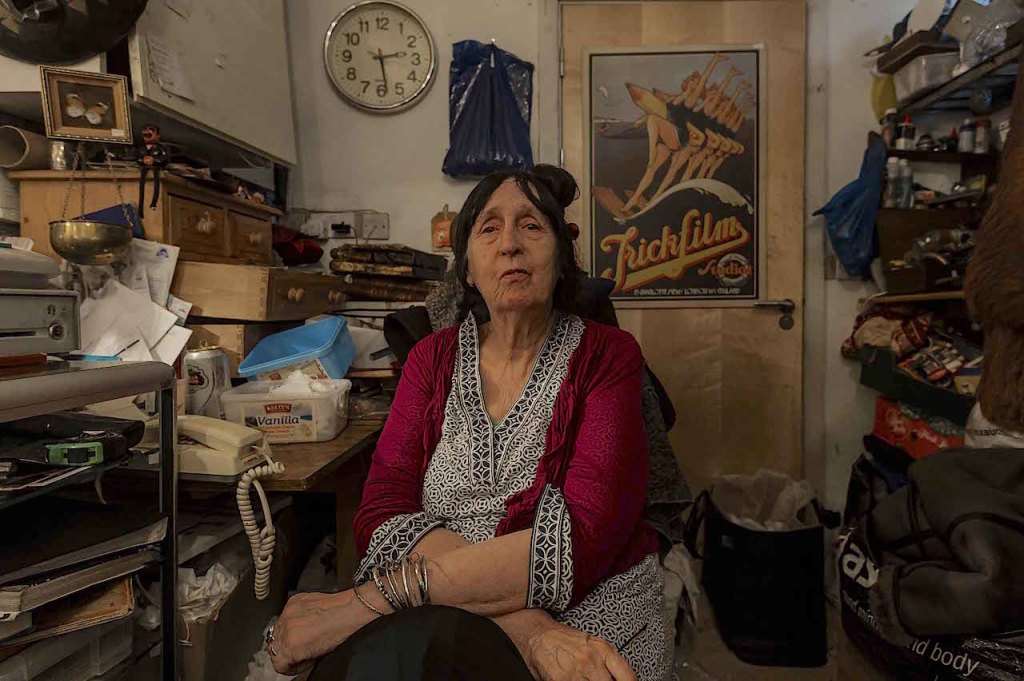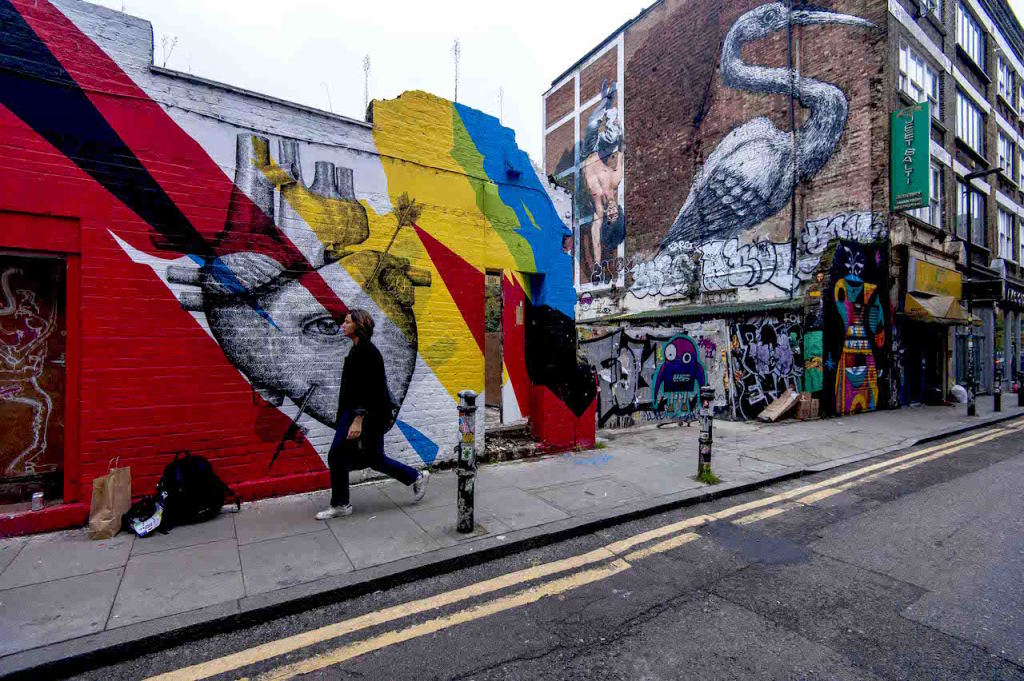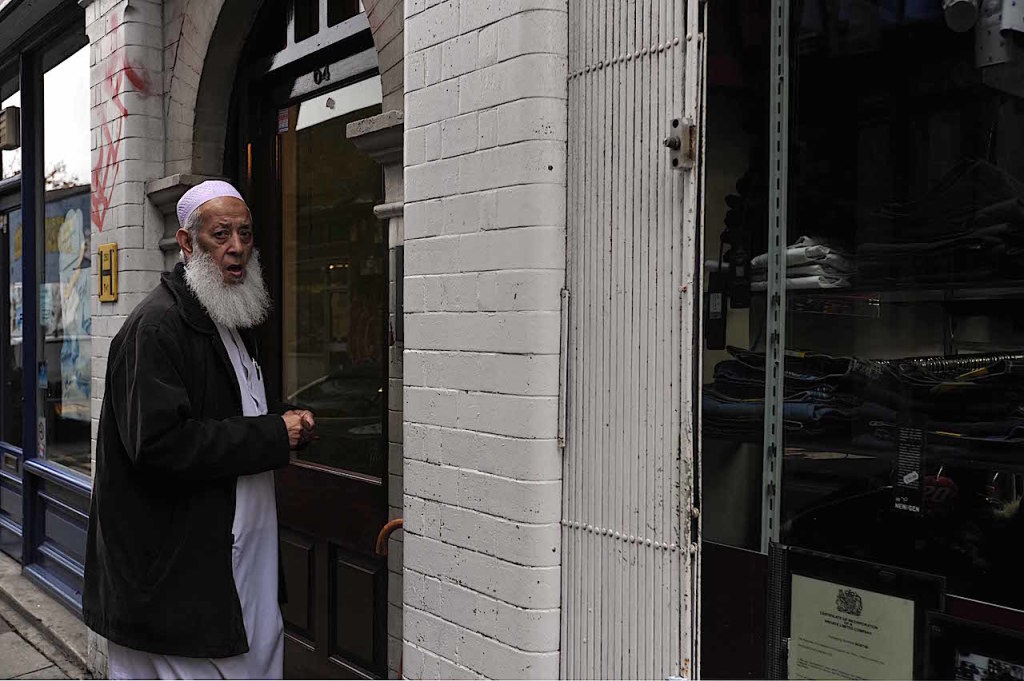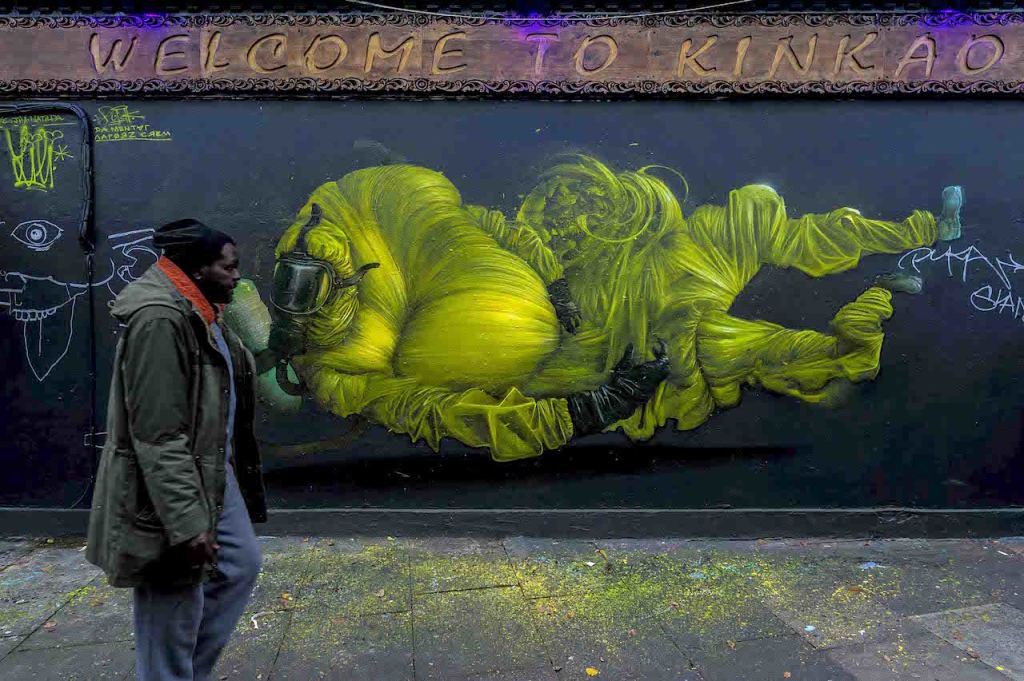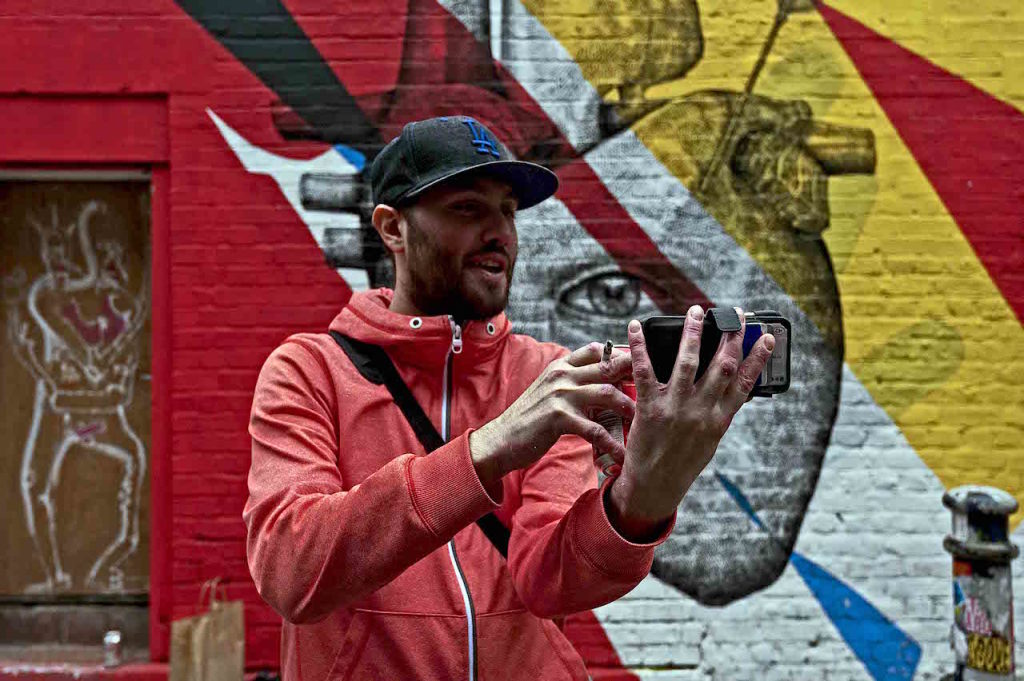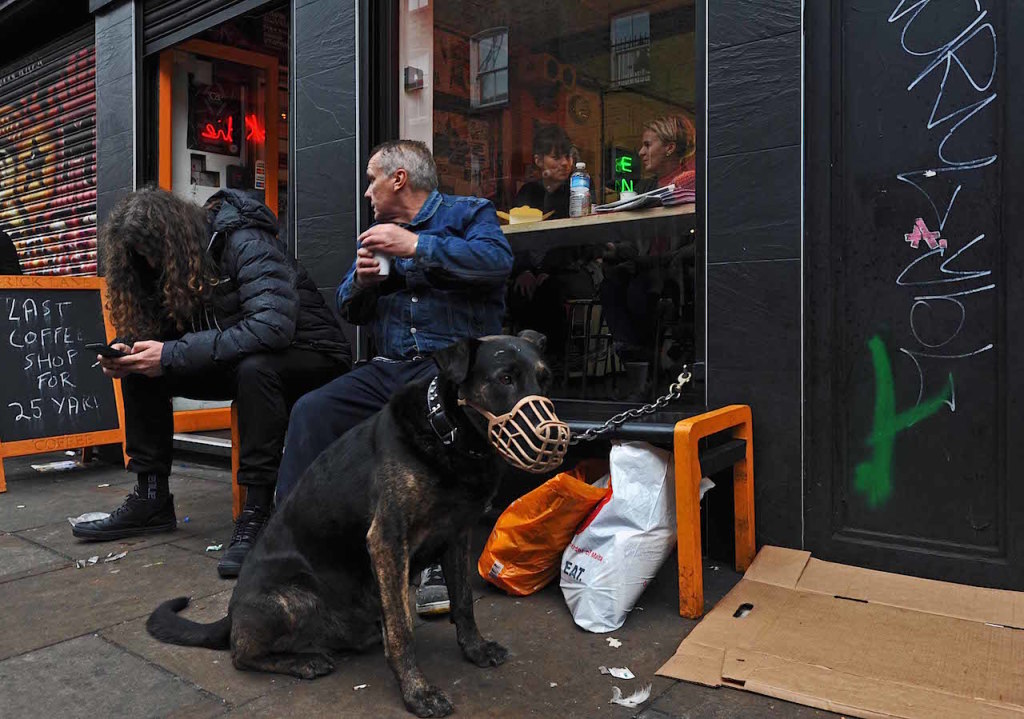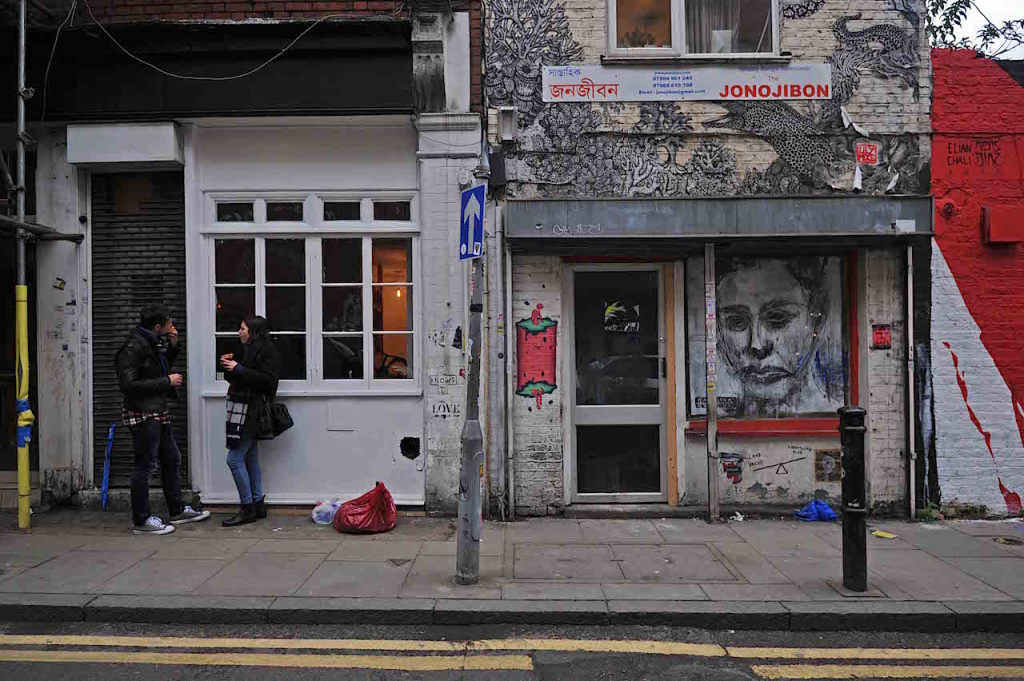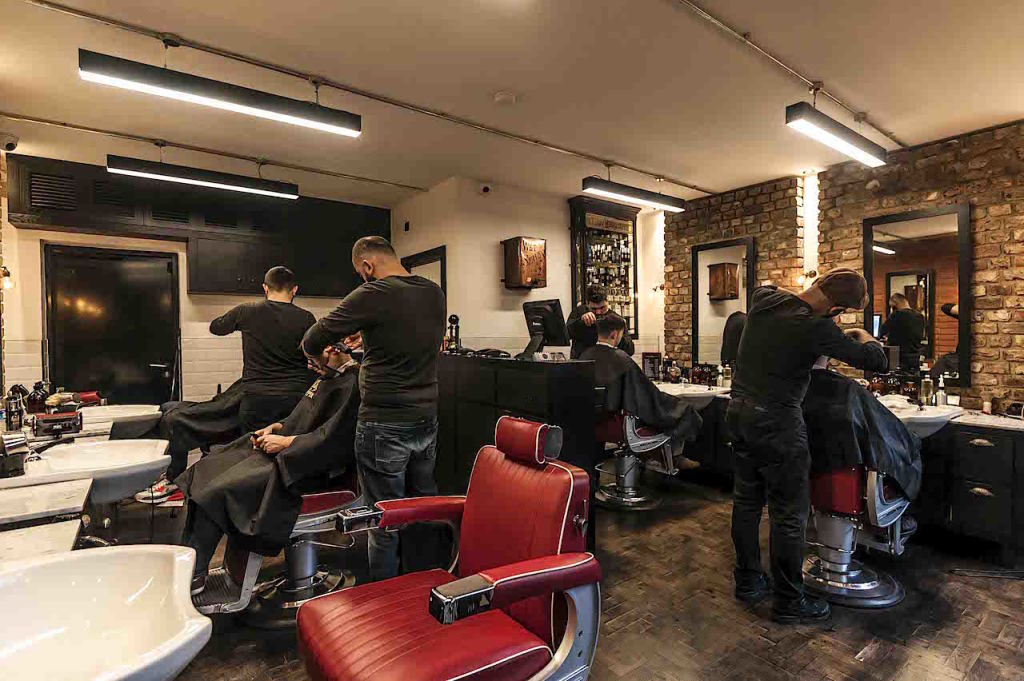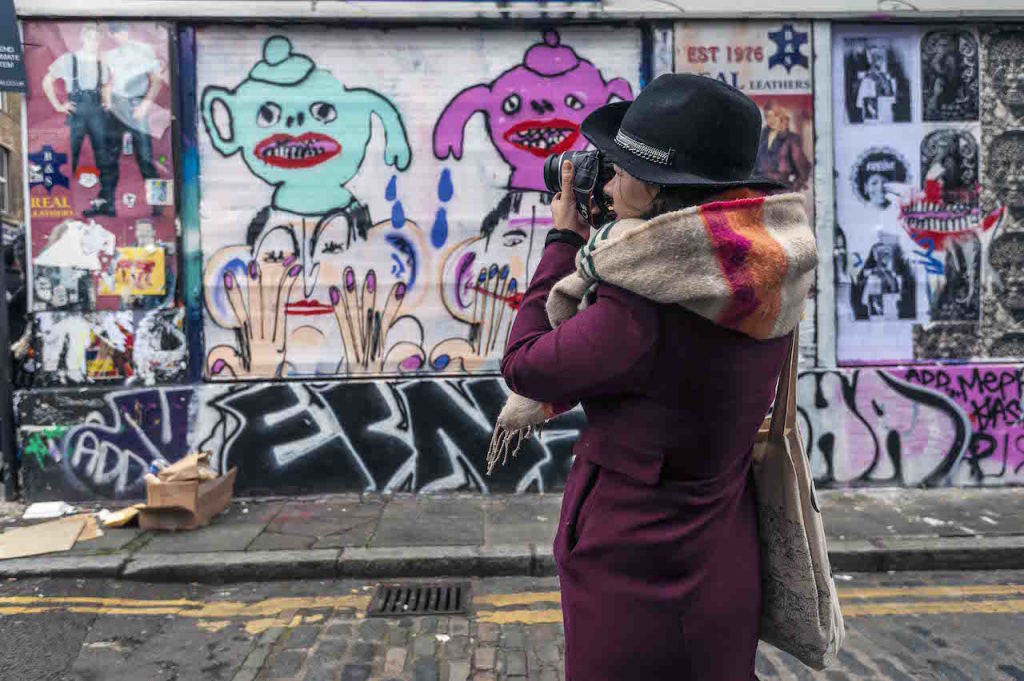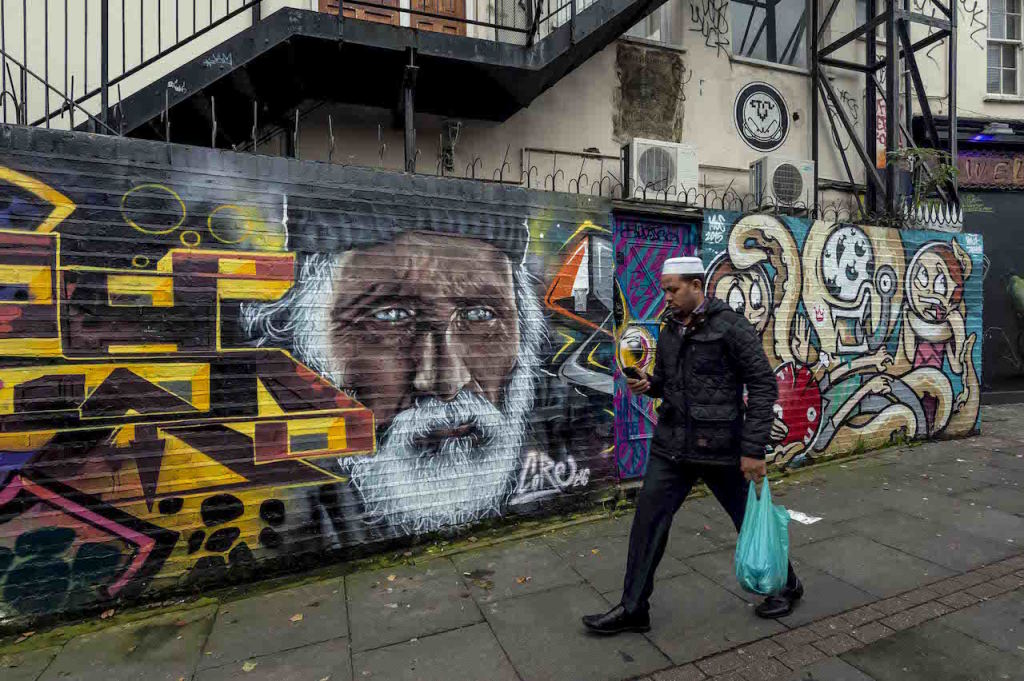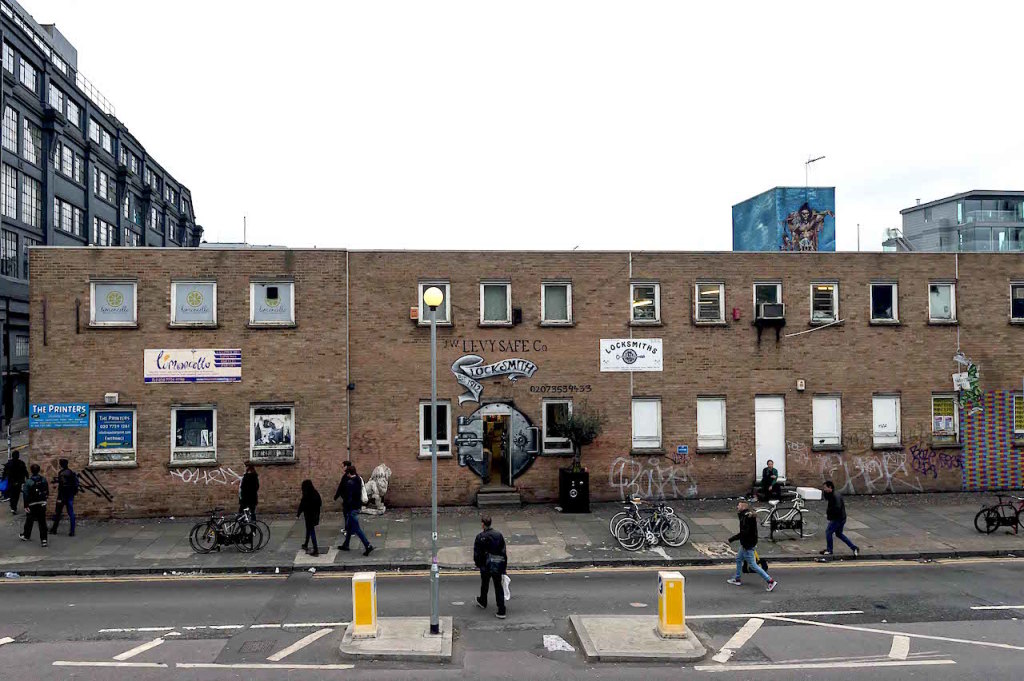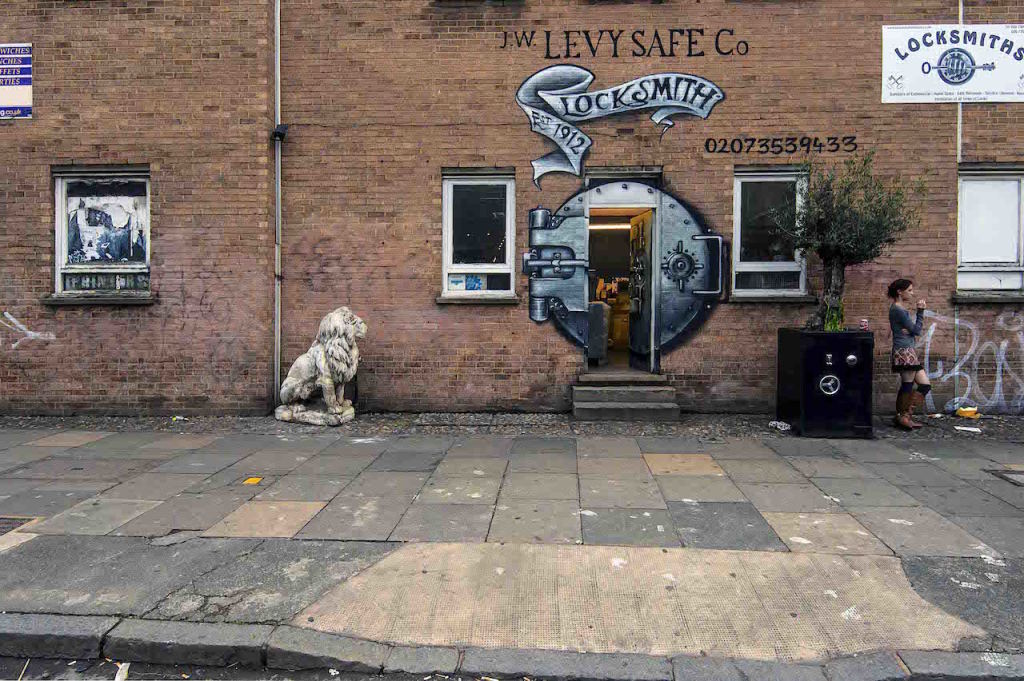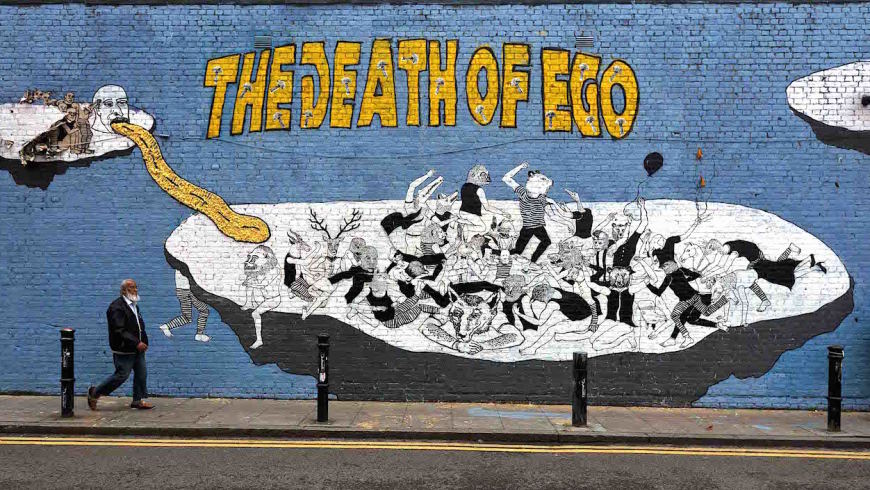BRICK LANE
The quirky, buzzing mishmash corner of London
photographs by Massimo Pacifico • text by J. M. Levy
It was a tipically grey winter day and I can’t have been more than fifteen or sisxteen when I first set foot in Brick Lane; a place that at the time was severely “out of bounds” for teenagers from Chelsea. A location that, despite being extremely permissive, my parents would have been horrified to know that my early morning escape was not towards a safe, elegant South Kensington apartment to meet my friend Lucy, but instead towards a distant (and virtually unknown) destination called Brick Lane. I had heard that one would not travel there by car without the doors being securely locked and that it was a really scary place, even for daring teenagers like us! “Rebel” was my second name and Lucy and I were going there to find out who the inhabitants of Brick Lane were and how they lived! This was the first time that I had sat for so long on the Tube; an amount of stops and names of places that I’d never heard of and that we certainly lost count of in our excitement. We arrived, finally, after quite a long walk from the nearest Tube station and what we discovered was unforgettably eye-opening! Years have passed, but the essence of that adventure has remained.
With a long history as a haven for refugees, for centuries Brick Lane has been where immigrant communities new to London have settled.
In the 16th century, Huguenot silk weavers fleeing religious persecution in France made it their home. Many of their old houses, with distinctive large windows for letting in light to weave by, are still standing. Later, Jewish immigrants established the area as the centre of the rag trade.
More recently, the Bangladeshi and Bengali communities introduced the curry restaurants for which the street is now famous.
The latest wave of incomers came from across London rather than across an ocean as the area’s fusion of diverse cultural, ethnic and religious backgrounds attracted the young, affluent and style-conscious.
With its narrow streets crammed with curry houses, old synagogues, drapers stores, locksmiths, colourful markets, street artists and their graffiti, plus just a hint of the memory of Jack the Ripper, this little corner is now one of the liveliest, even if gritty, places in London.
Brick Lane is certainly a street of contrasts and these recent photographs undoubtedly portray the throbbing heart of its spirit.
